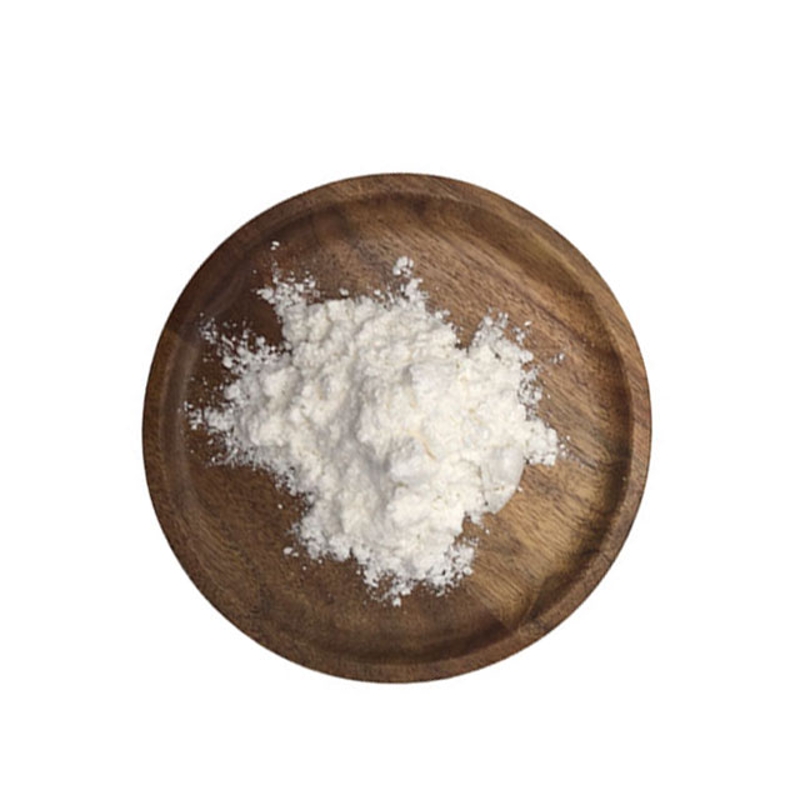-
Categories
-
Pharmaceutical Intermediates
-
Active Pharmaceutical Ingredients
-
Food Additives
- Industrial Coatings
- Agrochemicals
- Dyes and Pigments
- Surfactant
- Flavors and Fragrances
- Chemical Reagents
- Catalyst and Auxiliary
- Natural Products
- Inorganic Chemistry
-
Organic Chemistry
-
Biochemical Engineering
- Analytical Chemistry
- Cosmetic Ingredient
-
Pharmaceutical Intermediates
Promotion
ECHEMI Mall
Wholesale
Weekly Price
Exhibition
News
-
Trade Service
in the evaluation and management of patients with recurrent acute pancreatitis and chronic pancreatitis.
The American Society of Gastroenterology (AGA) has updated its clinical practice guidelines to provide clinicians with practical, evidence-based guidance
on endoscopic treatment of recurrent acute pancreatitis and chronic pancreatitis.
Guidelines summarize eight best clinical practice recommendations:01For
unexplained acute or recurrent pancreatitis after initial evaluation, endoscopic ultrasound (EUS) is the diagnostic test
of choice.
Although the optimal timing of EUS is not specifically defined, most experts recommend a short delay of 2~6 weeks
after resolution of acute pancreatitis.
Based on the available evidence, magnetic resonance imaging (MRI) and magnetic resonance biliary and pancreatic duct imaging (MRCP) may be considered as complementary or alternative tests
to EUS.
02The
role of endoscopic retrograde cholangiopancreatography (ERCP) in reducing the frequency of acute pancreatitis attacks in patients with pancreatic division (the most common congenital anatomical anomaly of the pancreatic duct) remains controversial, however, parapapillary endoscopic treatment can be considered, especially in patients with objective signs of outflow tract obstruction, such as dorsal duct dilation and/ or localized dilation at the end of the Santorini tube (santorinicele).
ERCP has no role
in the treatment of pain in patients with pancreatic division alone.
03
The role of ERCP in reducing the frequency of pancreatitis in patients with unexplained recurrent acute pancreatitis and standard pancreatic duct anatomy remains controversial
.
It should only be considered
after a full discussion of uncertain benefits and potentially serious surgery-related adverse events.
When performing ERCP, biliary sphincterotomy alone may be superior to double sphincterotomy
.
04
For long-term management of patients with painful obstructive chronic pancreatitis, surgical rather than endoscopic treatment
should be considered.
Endoscopic therapy is a reasonable alternative to surgery for candidates for suboptimal surgery or for patients who prefer minimally invasive therapy (who have been clearly informed of the best treatment recommendations).
For patients with pancreatic duct stones, small stones in the main pancreatic duct ≤ 5 mm can be treated
with pancreatic angiography and routine lithotomy techniques.
For larger stones, extracorporeal shock wave lithotripsy and/or pancreatic ductoscopy with intraductal lithotripsy
may be considered.
06 ERCP is effective
in treating symptoms and remodeling main ductal stenosis.
The preferred method is to place multiple plastic brackets in parallel and sequentially, or increase the size; Emerging evidence suggests that fully laminated, self-expanding metal stents may be useful in this setting, but further research
is needed.
07
ERCP stenting is the treatment of the treatment of benign bile duct stricture caused by chronic pancreatitis
.
When feasible, fully laminated, self-expanding metal stents are superior to multi-heel plastic stents with similar efficacy, but the former significantly reduces
the need for stent exchange surgery during treatment.
08Celiac
plexus block should not be routinely used for the treatment
of pain caused by chronic pancreatitis.
In patients with debilitating pain, celiac plexus block may be considered on a case-by-case basis if other treatments are ineffective, but the uncertain outcomes and risks
of this modality must be discussed first.
References:
Strand D S, Law R J, Yang D, et al.AGA Clinical Practice Update on the Endoscopic Approach to Recurrent Acute and Chronic Pancreatitis: Expert Review[J].
Gastroenterology, 2022.
Guide Q&A mini-session
From now on, the clinical guideline APP will launch a guide Q&A activity every Tuesday, Thursday and Saturday!
Participate in the Q&A activity to have a chance to get rewards~
The event entrances are as follows:







